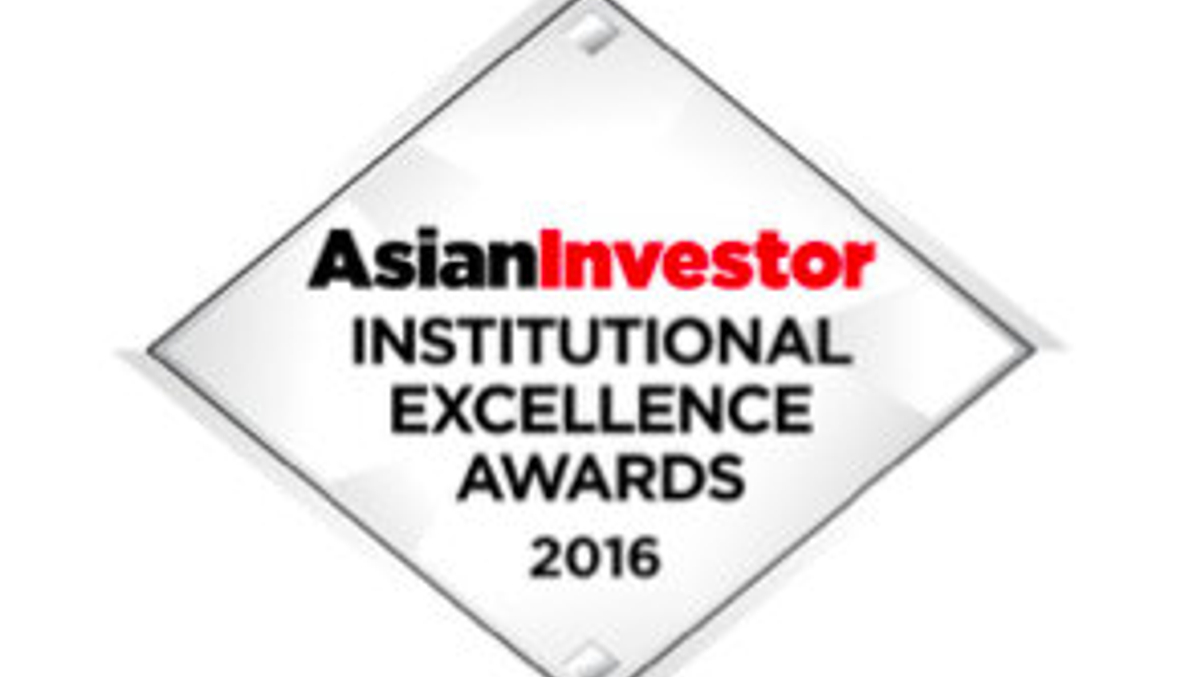award
HAPFS and Chikyoren decisive in tackling yield issues
We continue to reveal why AsianInvestor's Institutional Excellence Awards were handed out this year. Today: the winners in the market categories of Hong Kong and Japan.

Hong Kong's Hospital Authority Provident Fund Scheme and Japan's Pension Fund Association for Local Government Officials (Chikyoren) received AsianInvestor's Institutional Excellence Awards for their respective domestic markets. Here we outline why they were chosen.
Sign in to read on!
Registered users get 2 free articles in 30 days.
Subscribers have full unlimited access to AsianInvestor
Not signed up? New users get 2 free articles per month, plus a 7-day unlimited free trial.
¬ Haymarket Media Limited. All rights reserved.


